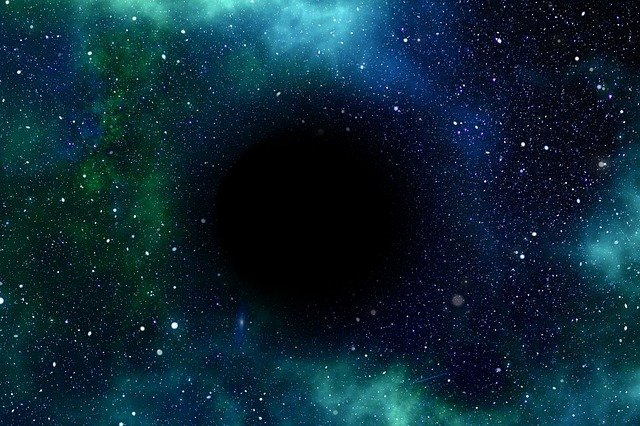A team of Astrophysicists from the US for the first time have measured the estimated speed at which a supermassive black hole spins within our Milky Way.
Yes, in the middle of our galaxy lies a supermassive black hole. Just for their discovery, scientists Reinhard Genzel and Andrea Ghez received the Nobel Prize in Physics in 2020. But what do we know about it?
First, that its name is Sagittarius A* (SgrA*) and it is about 26,000 light-years away from us. At the same time, the main parameters for understanding a black hole are two: its mass and its spin, the speed of rotation on its axis.
The same Nobel laureates estimated that the mass of the supermassive black hole Sagittarius A* is about four million times the mass of the Sun. While its spin so far has been a mystery. Its influence on the orbits of nearby stars is negligible, and it was difficult to measure it directly.
Instead, researchers at the Harvard-Smithsonian Center for Astrophysics (CfA) and Northwest University studied the orbits and spatial distribution of S-type red giant stars, the closest to the black hole, that revolve around them.
They found that the S-stars are organized into two planes, like stellar discs spinning in different directions. According to the researchers, this indicates that the rotation speed of Sagittarius A* itself is not high. If it had a significant rotation, the orbital planes of the stars would undergo a change over time, but this is not observed. According to them, the black hole spin is no more than 0.1 of the light speed.
“For our study we used newly discovered S-stars to show that the SgrA* black hole spin must be less than 10% of its maximum value, corresponding to a black hole that rotates at the speed of light,” says Dr. Avi Loeb, the co-author of the study published in The Astrophysical Journal Letters.
Scientists hope that it will be possible to expand our knowledge of Sagittarius A* when the project of the Event Horizon Telescope is carried out. A set of several telescopes will be used to observe the environment closest to the supermassive black hole in the Milky Way.
